These days, computers, smartphones and internet-connected gadgets have made our lives easier to the point where we’d be stuck without them. This article request you to take few easy steps on how to protect your privacy on your devices.
We use our device for one-stop payment, personal health, work, gaming, productivity, texting, tweeting, Facebook-checking machine and do just about everything, from mobile banking to paying our bills, sharing our location, to emailing out last minute notes on a project.
The flip side is the more we rely on them, the more data passes through them and potentially out of our control. Sadly, these devices are often poorly privacy protected, for example a 2016 study of Android devices showed a shocking 34% of users don’t even have a passcode set!
But whether it’s hacked browsers, petty thieves at the coffee shop, or your own tendency to lose electronics in cabs (hey, it happens to the best of us), using your gadgets as a centralized source for all of your information comes with big risks, and the more you’ve connected and stored, the more you stand to lose. In fact, in the last year alone, at least 7.1 million phones were lost or stolen
That’s bad news, not only for individuals but for countless businesses as well, particularly if they have BYOD policies, because each individual device and carrier really varies in their level of security.
Let’s take a look at few steps on how to protect your privacy which you can take to keep your device—and its wealth of personal data—secure.
-
- Set a password or passcode.
- Encrypt your computer and phone
- Use more secure internet browser
- Don’t click on suspicious links and use redirect checkers
- Use Virtual Private Network (VPN)
- Stay away from open Wi-Fi Networks
- Use adblocker, block malicious attach and stop tracking
- Be selective with your apps
- Keep your software and apps up to date
- Remove unneeded apps and extensions.
- Keep your devices up to date
- Review which apps can access your personal data.
- Back up your device regularly
See also 9 use cases when you should use encryption?
The above tips are suggested to help save and extend the life of any USB Flash Drive, but what steps you take to protect your sensitive data from hackers, data theft and cyber-criminals?
Password Protect Your Sensitive Files
Kruptos 2 Pro is a password protected security tool for your Windows PC which protects your privacy and important data from data theft, data loss or leaks.
Just drag and drop your files and folders into Kruptos 2 encrypted ‘Vault’ with just two easy steps and they will immediately be password protected which prevents your important data from being modified, read or even accessed without the correct password.
Kruptos 2 Pro supports inbuilt file shredder and share your encrypted files (cross-platform compatibility) between your Mac, Windows PC, Android device and the Cloud.
The app even allows you to create in-app notes for securely writing down passwords, bank accounts, pin numbers, and any other sensitive information.
Best of all, you can download it free here and give it a try. You’ll be surprised about how easily you can protect your sensitive files.
Conclusion
These steps are simple, quick, and yet go a long way to keeping your personal information safe. There are many security risks for our devices, and these risks will continue to grow along with the devices’ popularity. Protect your device, your data, and yourself by implementing just a few simple measures. Good luck, and stay safe.
What steps do you take to protect privacy? What other tips have you heard of? Share your thoughts below!


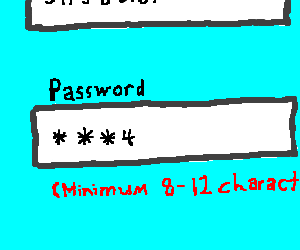
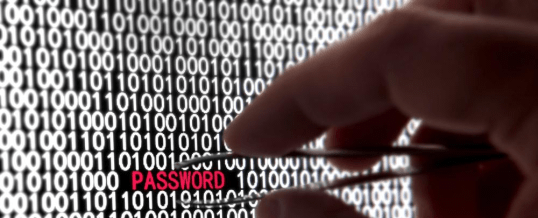
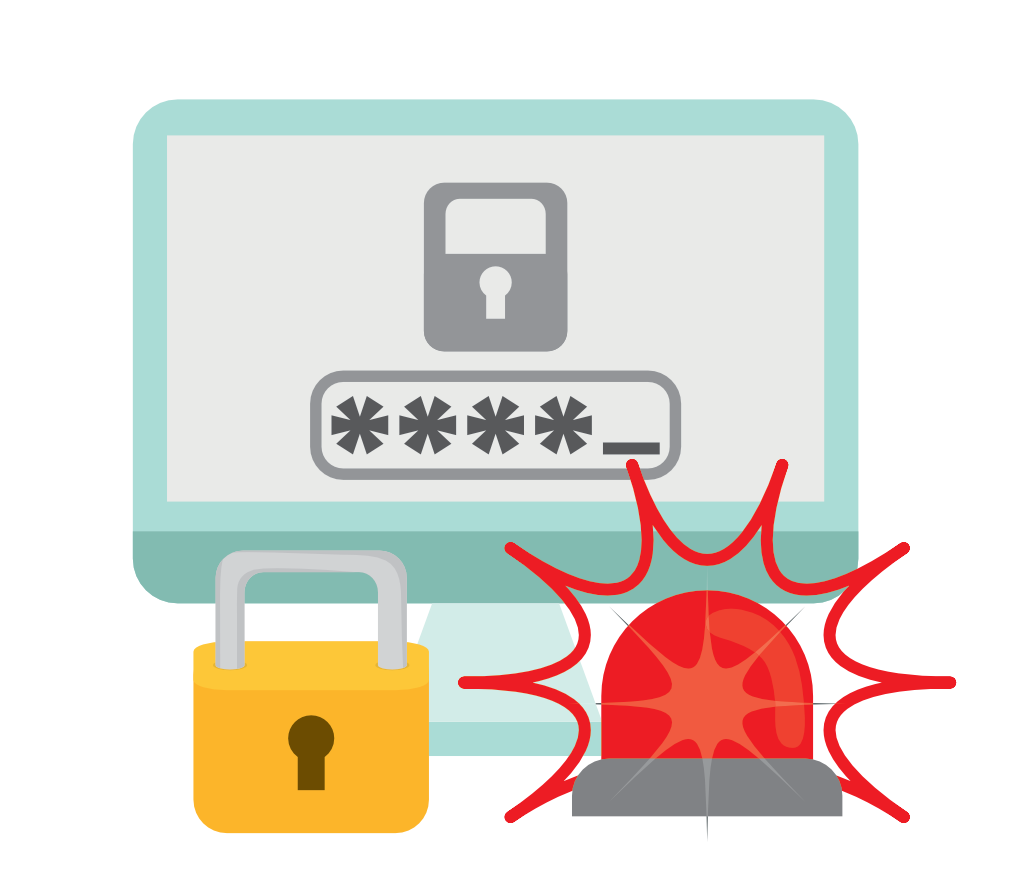
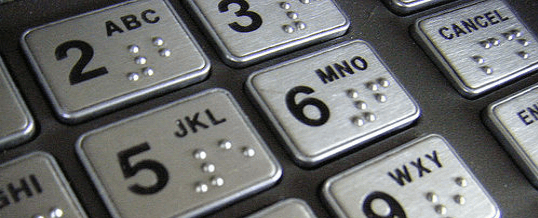

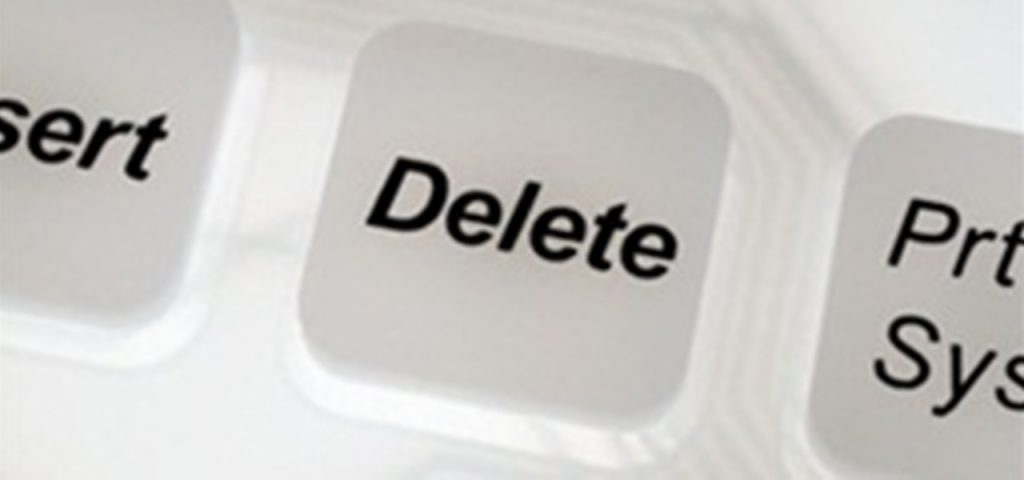
That is a great tip particularly to those fresh to the blogosphere.
Brief but very precise info… Thanks for sharing this one.
A must read article!